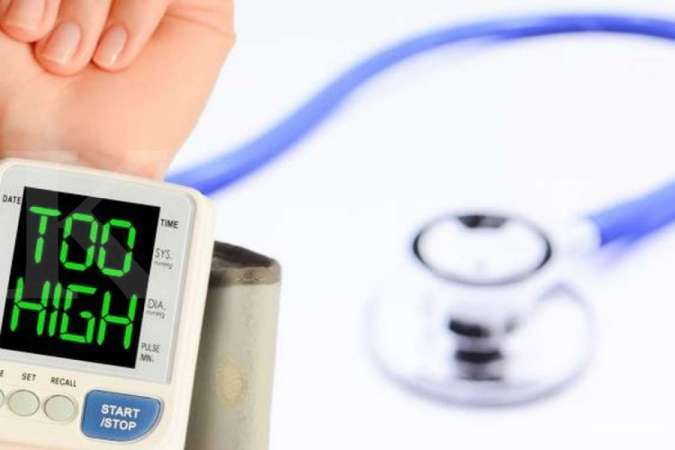KONTAN.CO.ID. Hypertension is referred to as silent killer, silent life-taker. Understandably, most people with hypertension are not aware of this problem because there may not be any warning signs or symptoms.
Therefore, according to Fact Sheet on WHO version of Hypertension, blood pressure must be measured regularly to know for certain.
However, symptoms can include morning headaches, nosebleeds, irregular heart rhythms, vision changes, and ringing in the ears. In fact, severe hypertension can cause fatigue, nausea, vomiting, confusion, anxiety, chest pain, and muscle tremors.
Also Read: Experts explain how to lose weight easily in 30 seconds, curious?
The only way to detect hypertension, according to WHO, is to ask a health professional to measure blood pressure.
Blood pressure measurement is quick and painless. Everyone can also measure their own blood pressure using an automated device, but evaluation by a healthcare professional is important to assess risks and associated conditions.
What is hypertension?
Blood pressure is the force that works by delivering blood to the arterial walls of the body, the main blood vessels in the body. Hypertension occurs when blood pressure is too high.
Blood pressure is written as two numbers. The first number (systolic) represents the pressure in the blood vessels when the heart contracts or beats. The second number (diastolic) represents the pressure in the vessels when the heart rests between heartbeats.
Well, according to WHO, hypertension is diagnosed if when measured on two different days, the systolic blood pressure reading on the two days is ≥140 mmHg and / or the diastolic blood pressure reading on the two days is ≥90 mmHg.
This is different from the general assumption that the blood pressure threshold is called hypertension if it exceeds the systolic / diastolic number: 120 mmHG – 80 mmHg.
Also Read: Benefits of lime infused water: relieves uric acid to lower cholesterol
What are the risk factors for hypertension?
<!–

